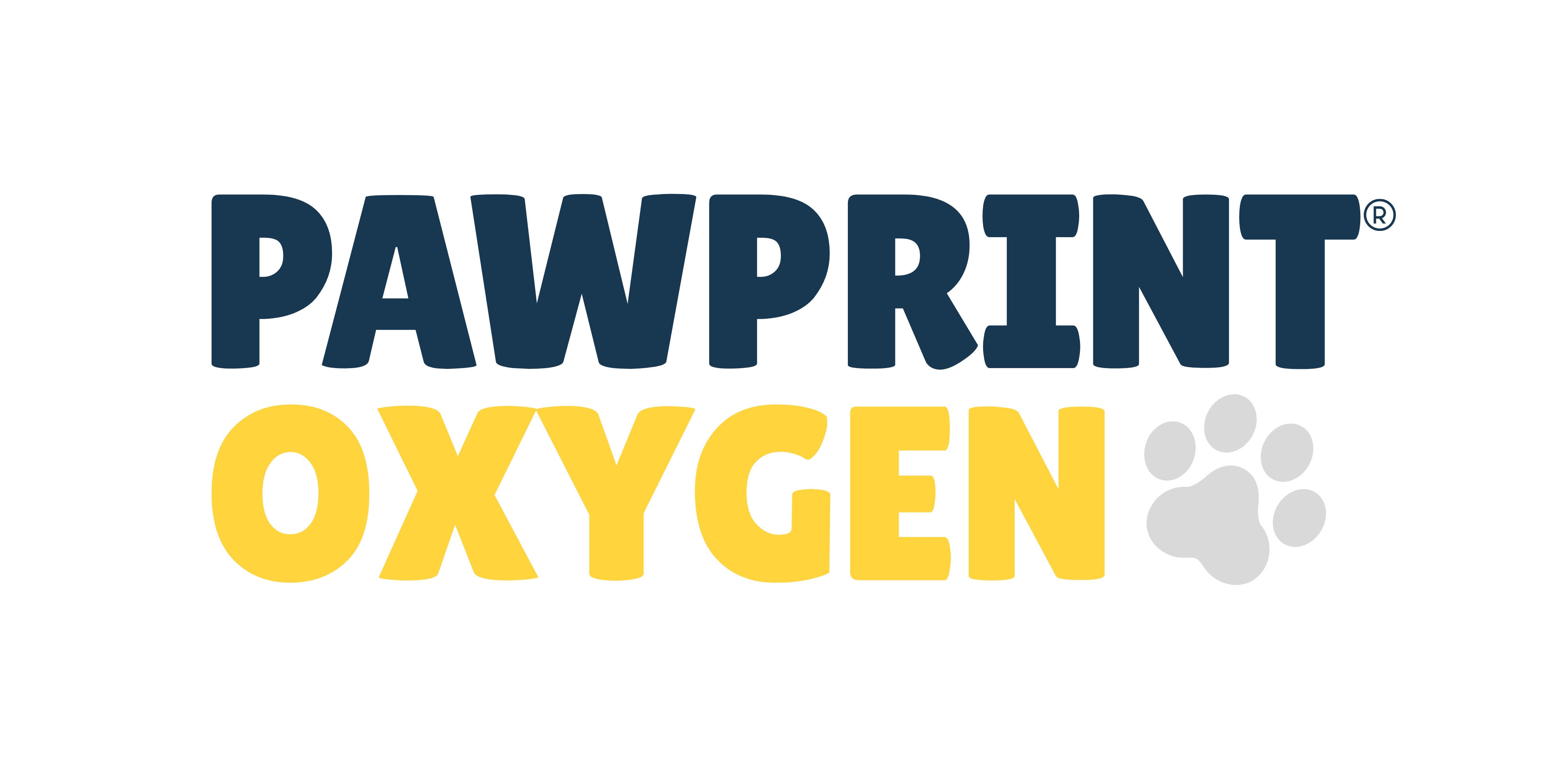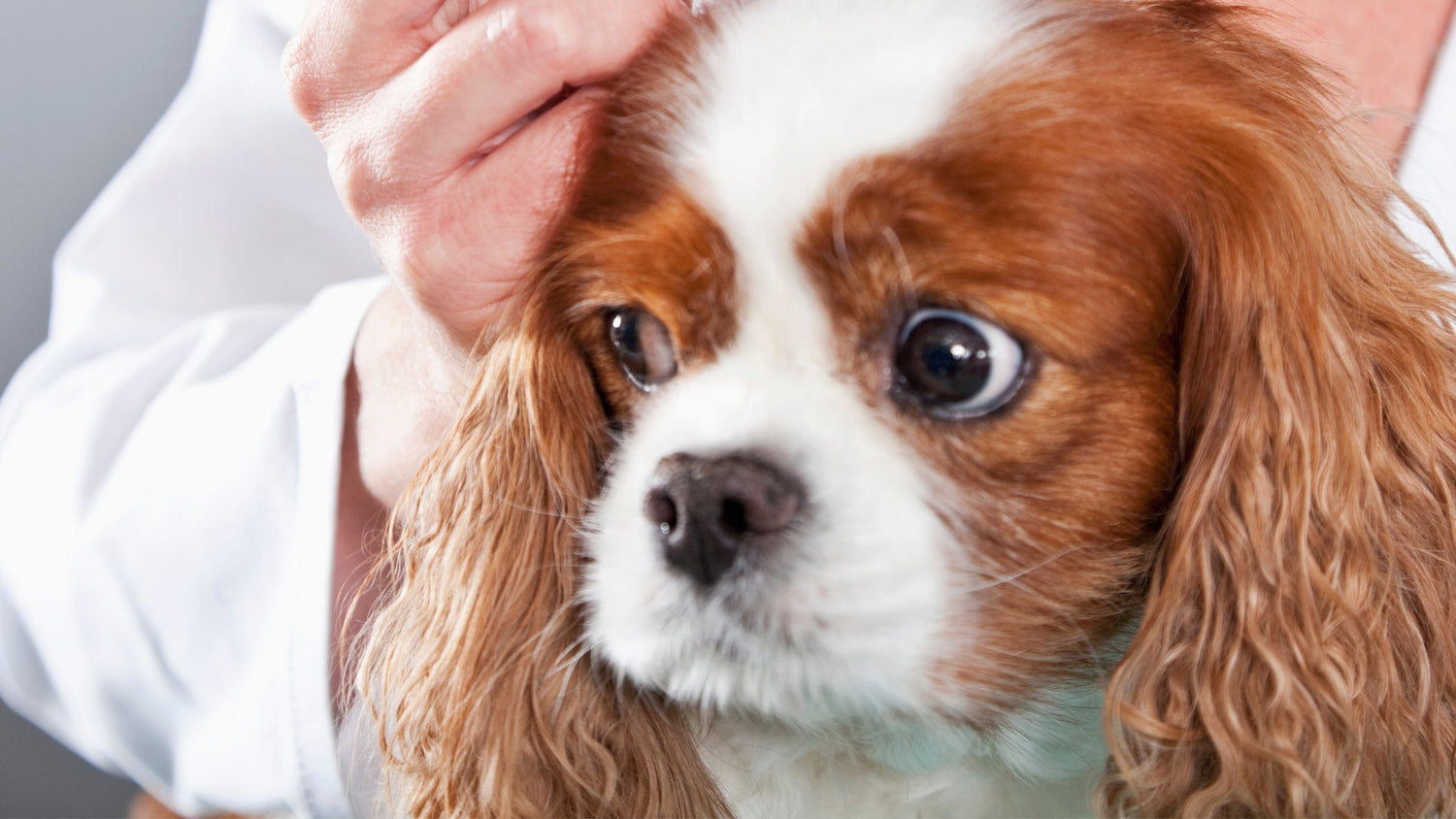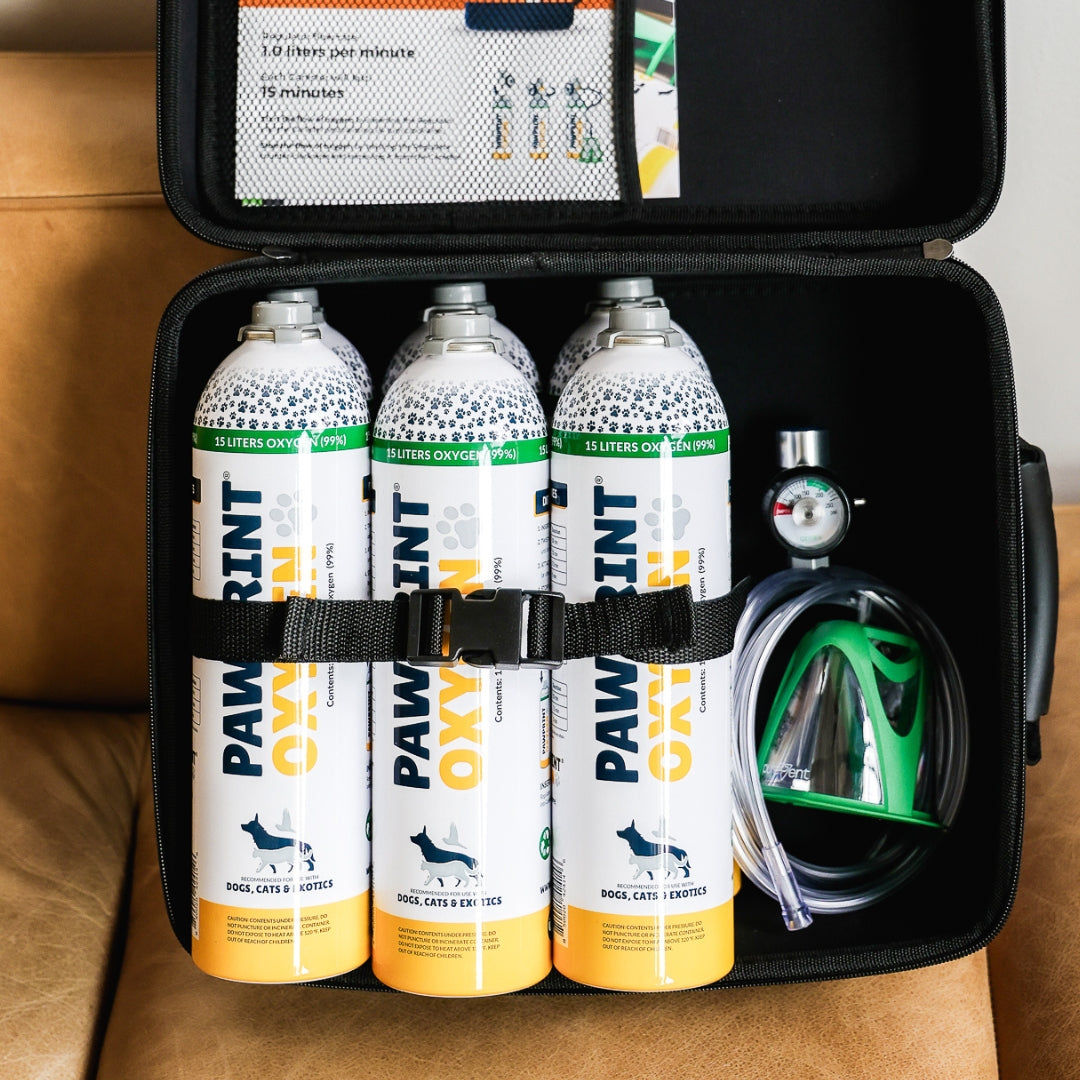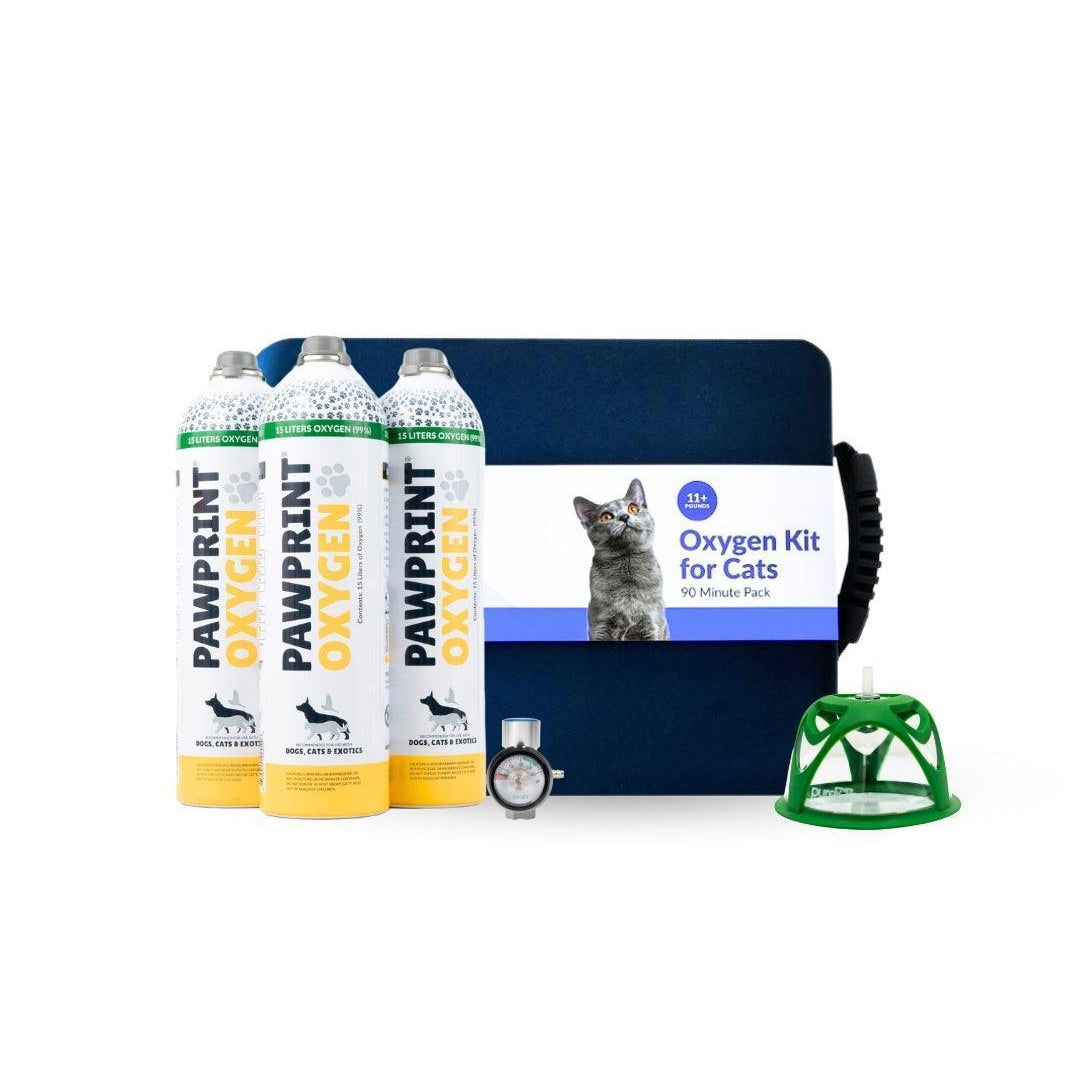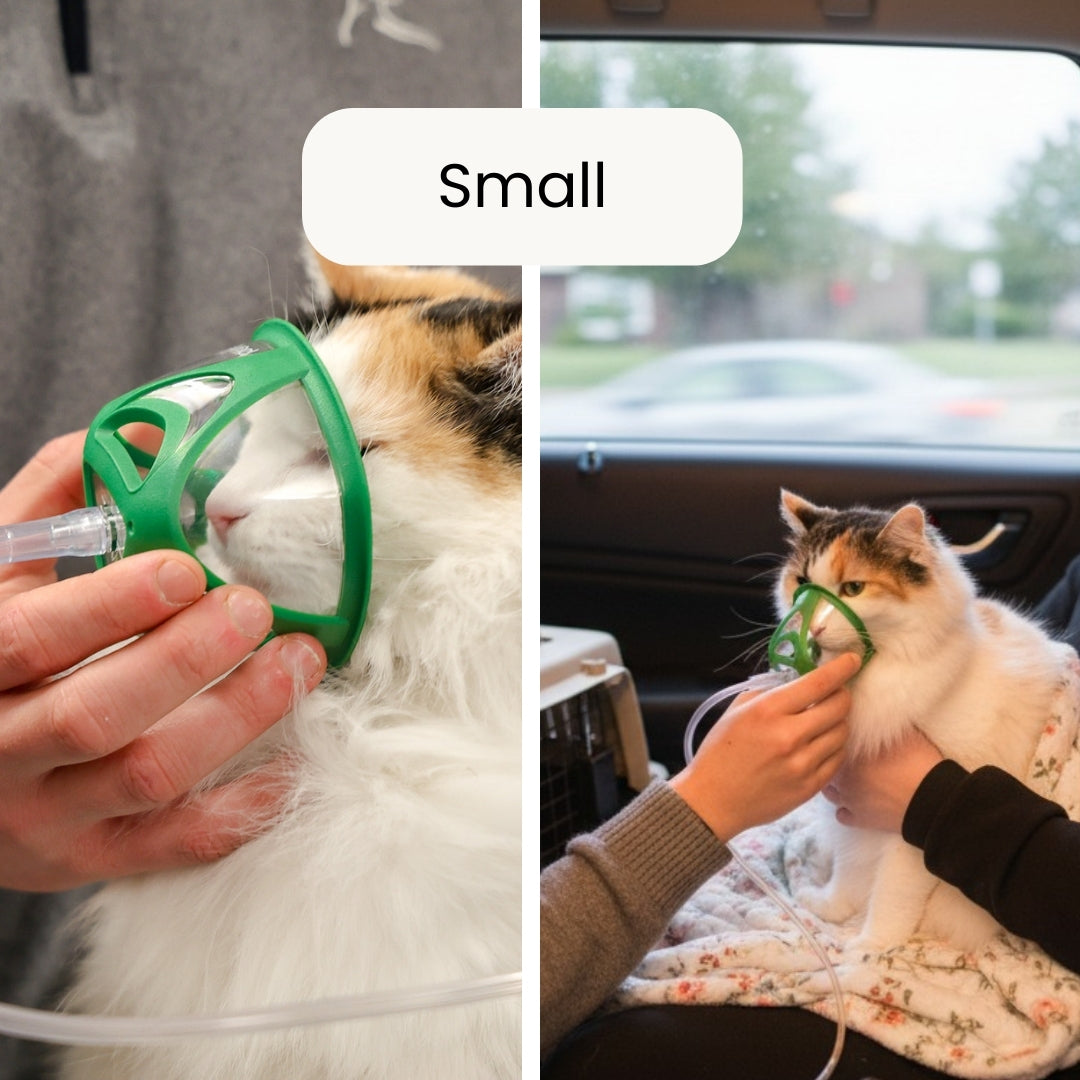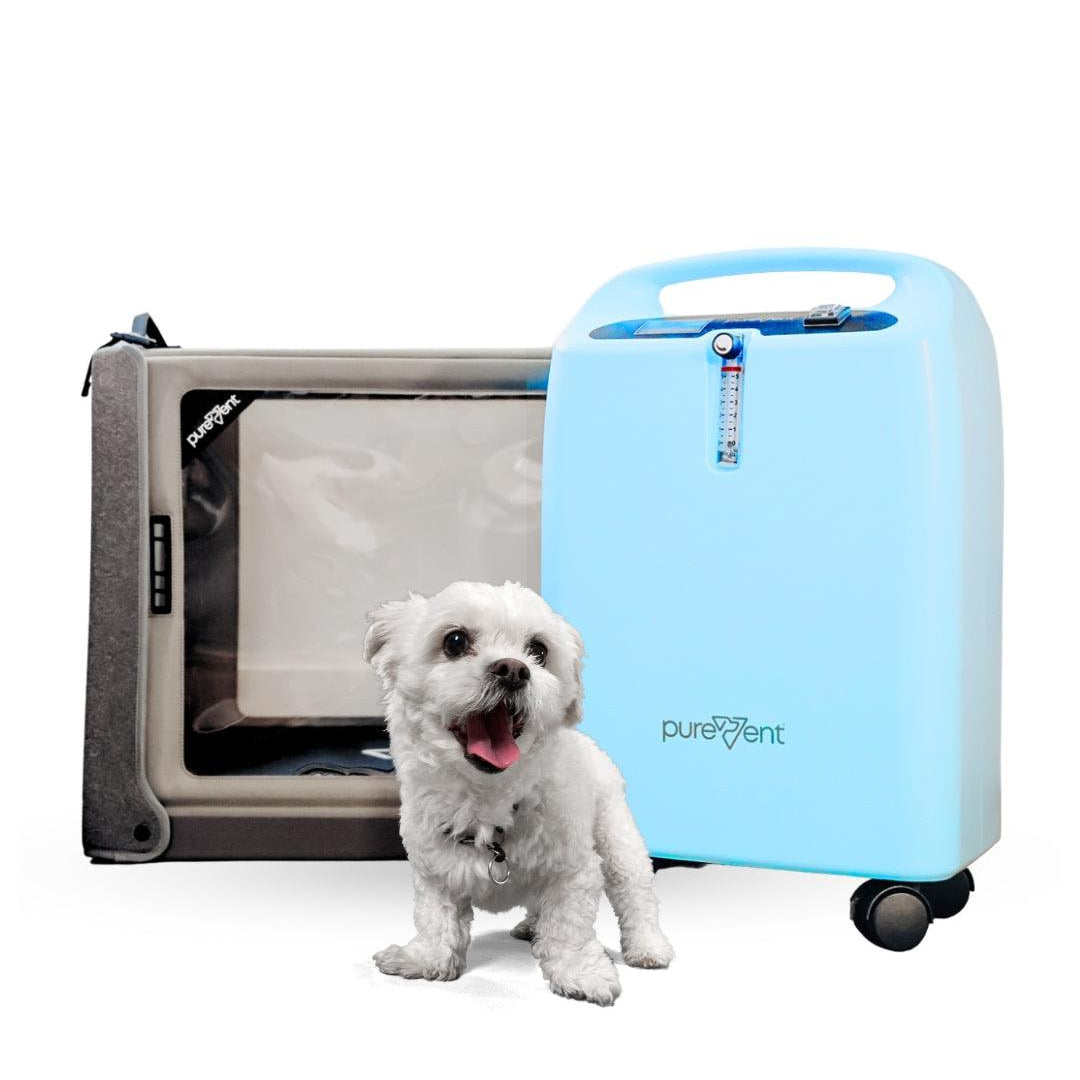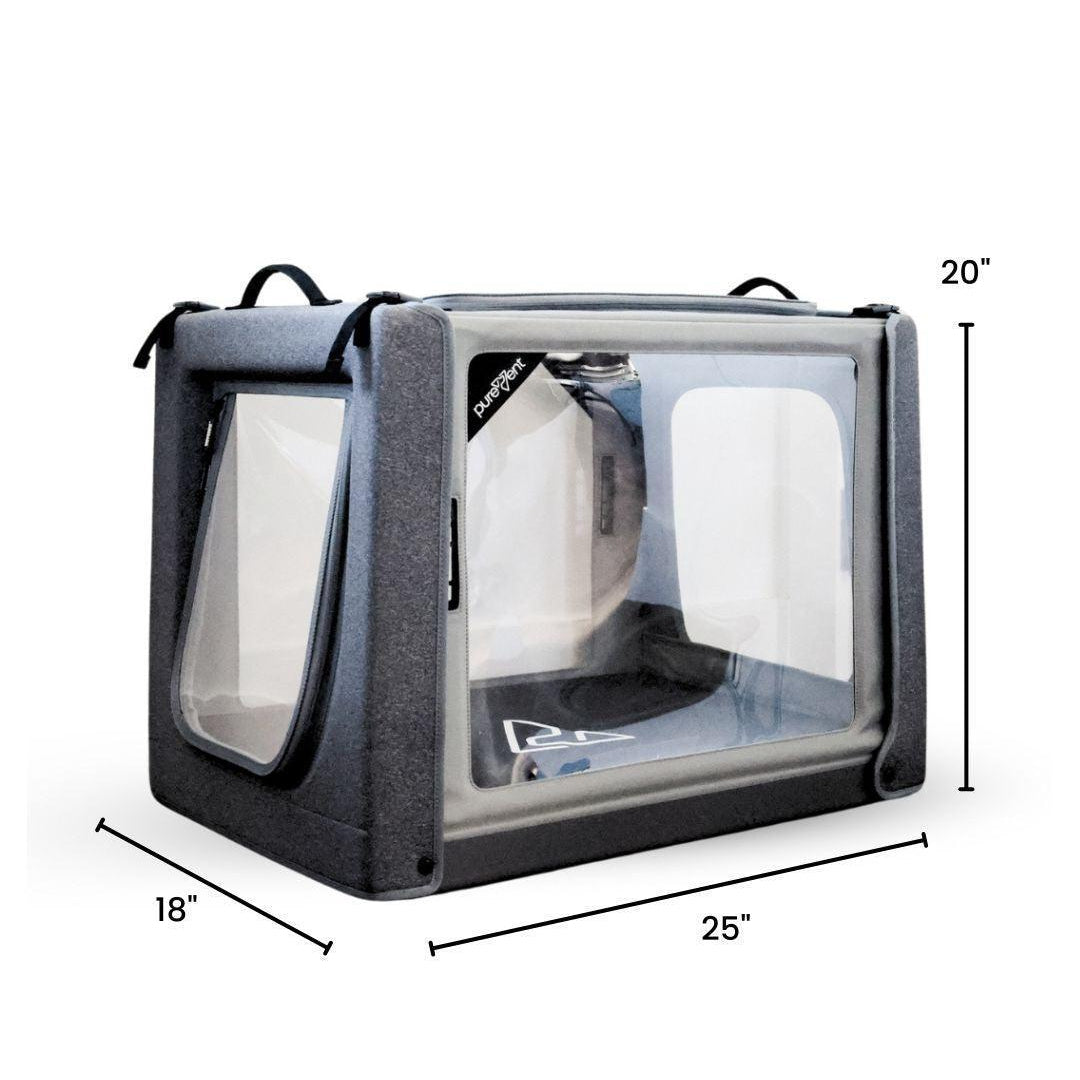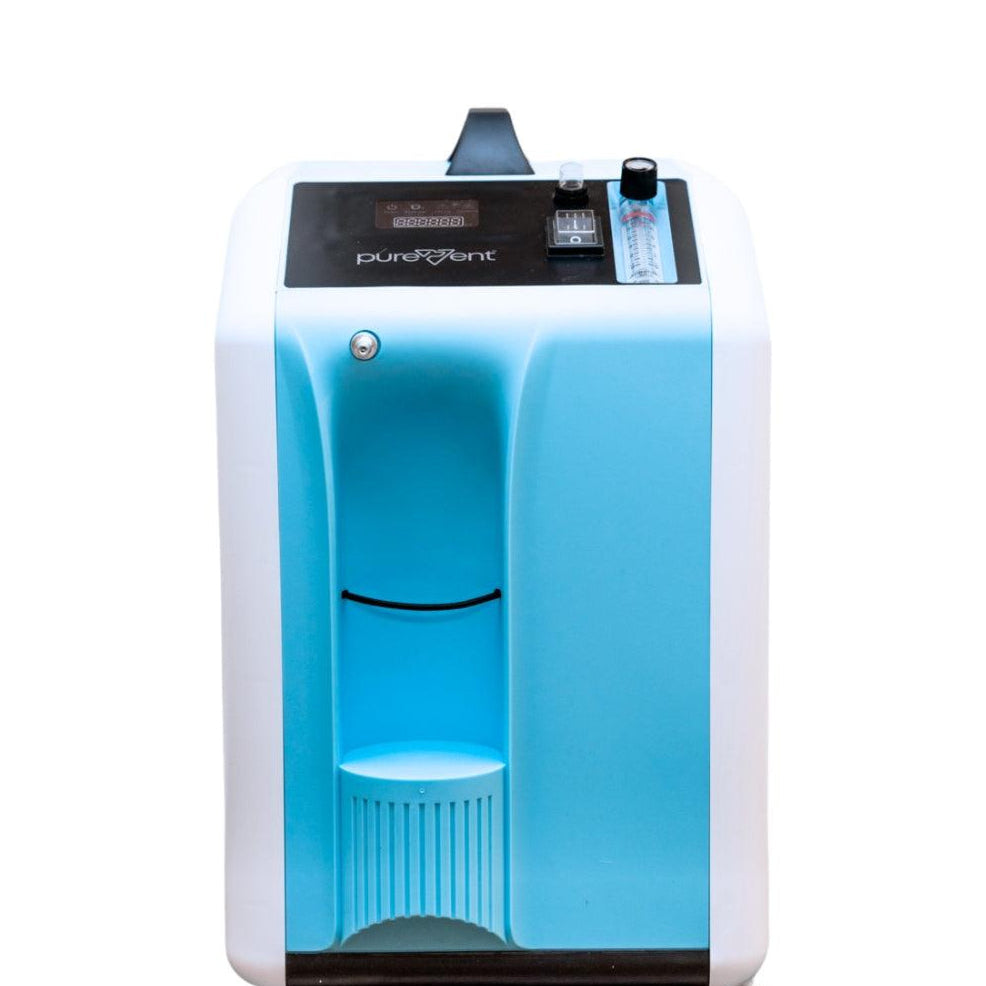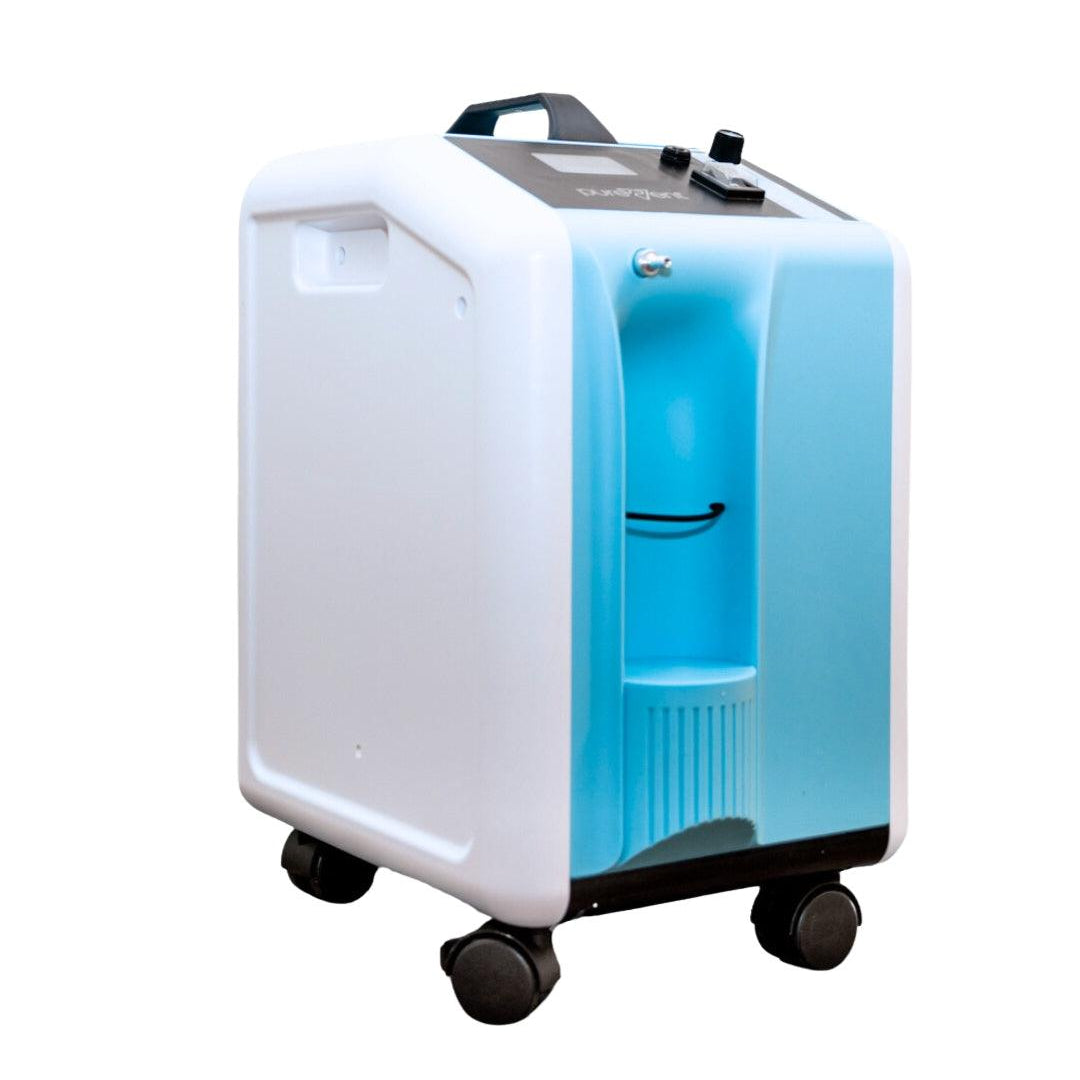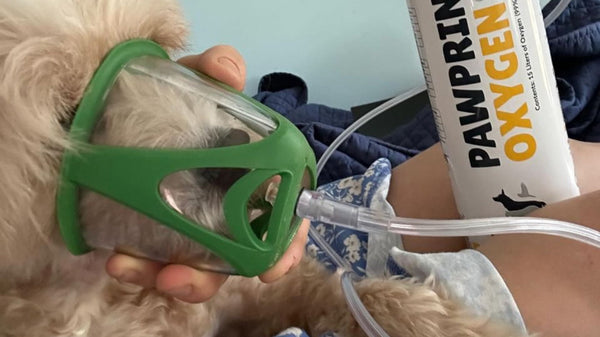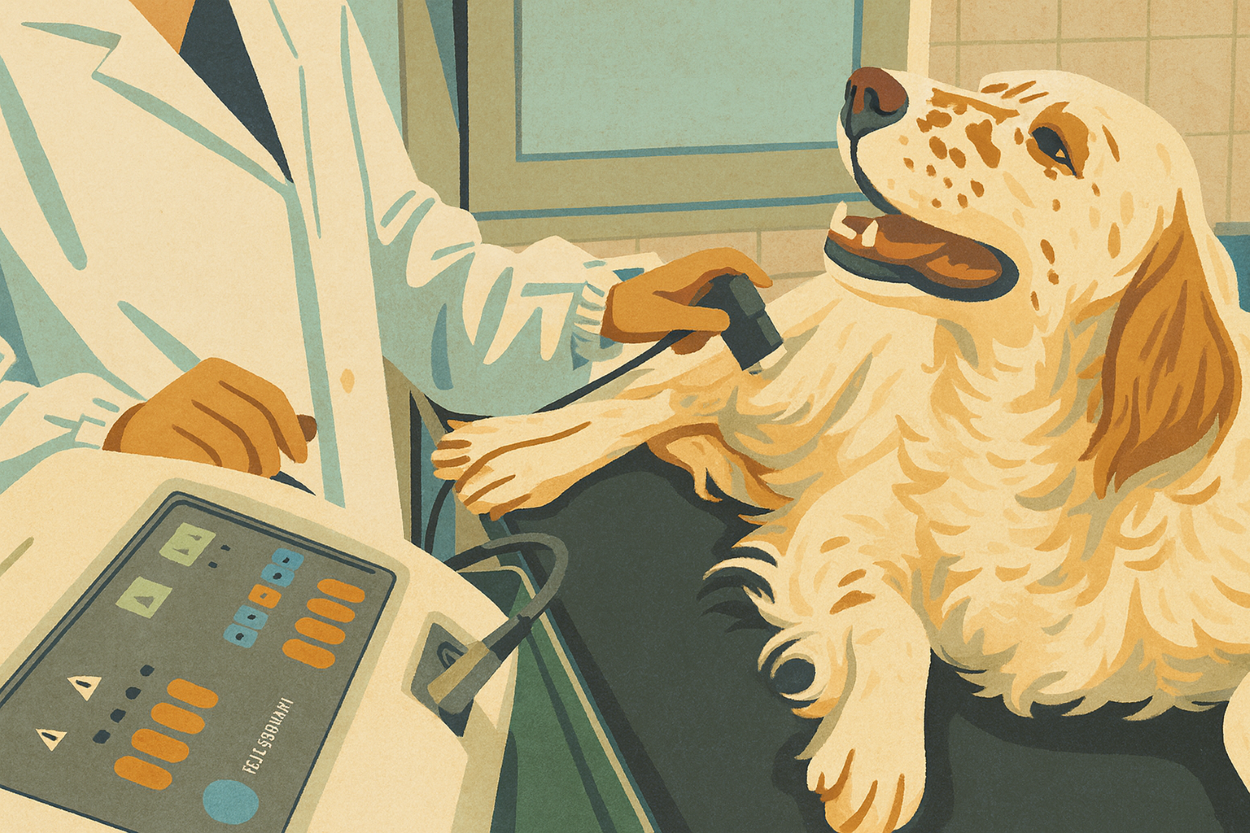A seizure is an abnormal electrical activity in the brain that temporarily disrupts normal function, leading to involuntary changes in behavior, movement, or consciousness. In pets, seizures can manifest in various ways, depending on the type and severity of the seizure.
Seizures in pets can be caused by various factors, including epilepsy, liver disease, kidney failure, brain tumors, or toxins. They can be distressing to watch, as they often involve convulsions, loss of consciousness, drooling, twitching, and urinating or defecating.
Oxygen therapy involves providing supplemental oxygen to pets who are not able to get enough oxygen on their own. It can be especially beneficial in the immediate aftermath of a seizure.
Table of Contents
Understanding Pet Seizures
When a pet has a seizure, it's going through a complex neurological event that affects its brain function. The experience can vary widely in intensity, duration, and manifestation, but generally, seizures in pets can be classified into several types.
Types of Seizures in Pets
-
Generalized Seizures (Grand Mal)
- Description: These involve the entire brain and often result in a loss of consciousness and severe muscle convulsions.
-
Manifestations:
- Sudden collapse or falling over
- Loss of consciousness
- Stiffening of the body and limbs
- Violent muscle contractions or paddling movements
- Drooling, foaming at the mouth
- Involuntary urination or defecation
-
Focal (Partial) Seizures
- Description: These originate in a specific area of the brain and may affect only part of the body.
-
Manifestations:
- Twitching or jerking in one part of the body, such as the face or a limb
- Unusual movements or behaviors, like snapping at the air or turning in circles
- Changes in behavior or mental state, such as sudden fear or aggression
-
Psychomotor Seizures
- Description: These involve strange behavior that may seem intentional but is actually involuntary.
-
Manifestations:
- Repeated motions, such as chasing the tail or biting at imaginary objects
- Unusual vocalizations or barking
- Episodes of frantic running or apparent confusion
What is a seizure?
A seizure is a temporary episode of abnormal electrical activity in the brain that causes a variety of symptoms, like loss of consciousness, uncontrollable movements, and difficulty breathing.
How do I know if my pet is having a seizure?
Recognizing a seizure can be challenging, especially if you've never seen one before. Some signs that may indicate your pet is having a seizure include uncontrollable muscle movements, loss of consciousness, collapse, excessive drooling, loss of bladder or bowel control, and repeated movements or actions.
What should I avoid doing if my pet is having a seizure?
It's essential to avoid certain actions to ensure both your pet's safety and your own. Here are a few things NOT to do if your pet is seizing: Do not put your hands near your pet's mouth. Do not try to restrain your pet or move them unnecessarily. Do not give them food or medications until they are conscious. Do not shout or make loud noises. Do not panic.
Dog Oxygen Rescue Kit
Our Oxygen Rescue Kits are designed to help your dog exactly when they need it. You can administer on-the-spot oxygen or oxygen in transport while on your way to emergency care. Dogs needing this rescue kit would likely suffer from more acute health conditions like seizures or be in a high-risk category that you'd like to keep a kit on hand to transport them with.
The Progression of Pet Seizures
Pre-Seizure Phase (Aura)
Behavior Changes: Before the seizure starts, you might notice changes in your pet's behavior. This can include appearing restless, anxious, whining, seeking attention, or appearing disoriented.
Sensory Changes: Some pets may experience visual or auditory disturbances that are not observable to owners.
Ictal Phase (Seizure Activity)
Generalized Seizures: The most recognizable form, generalized seizures (also known as grand mal seizures), involve convulsions that affect the whole body. Symptoms can include loss of consciousness, muscle rigidity, jerking movements, drooling, chomping, tongue chewing, or loss of bladder and bowel control.
Focal Seizures: These affect only a part of the body and may involve unusual movements in one limb or one side of the body, facial twitches, or even just behavioral changes. Sometimes focal seizures can progress to generalized seizures.
Duration: Seizures typically last from a few seconds to a couple of minutes. A seizure lasting more than five minutes (status epilepticus) is a medical emergency requiring immediate veterinary attention.
Post-Seizure Phase (Postictal)
Disorientation and Confusion: After the seizure, pets often go through a postictal phase, where they may appear disoriented, confused, or temporarily blind. They may not recognize familiar people or surroundings immediately.
Physical Symptoms: Pets might also exhibit unsteadiness, excessive thirst or hunger, and fatigue. This phase can last from minutes to hours or, in some cases, days.

Pet Seizures: What’s Happening Internally
Neuronal Activity: Seizures are the result of excessive electrical discharge in the neurons of the brain. This can lead to the involuntary symptoms observed during a seizure.
Brain's Response: The brain temporarily loses its ability to maintain normal function, which is why you see such pronounced physical manifestations.
Oxygen and Glucose Consumption: The brain’s consumption of oxygen and glucose increases dramatically during a seizure, which is why post-seizure care often involves ensuring the pet is in a calm, oxygen-rich environment to help it recover.
Providing oxygen-rich environment for your pet post-seizure is highly beneficial.
Causes of Pet Seizures
Seizures can be caused by various factors, and identifying the underlying cause is crucial for effective management and treatment.
Here are some common causes of seizures in pets:
- Idiopathic Epilepsy: The most common cause, with no identifiable underlying cause.
- Brain Tumors: Can cause seizures by affecting normal brain function.
- Infections or Inflammation: Conditions like encephalitis or meningitis.
- Trauma: Head injuries that impact the brain.
- Toxins: Ingestion of toxic substances, such as certain plants, chemicals, or medications.
- Metabolic Disorders: Issues like hypoglycemia (low blood sugar) or liver disease.

What to Do If Your Pet Has a Seizure
Seizures in dogs can be alarming, but with proper understanding and management, pets with seizure disorders can lead happy and healthy lives. Regular veterinary check-ups and following prescribed treatments are essential in managing this condition.
1. Stay Calm
Keep yourself composed to help your pet effectively.
2. Ensure Safety
Move your pet away from dangerous objects or places, but avoid putting your hands near their mouth.
3. Time the Seizure
Note the duration of the seizure to provide accurate information to your veterinarian.
4. Comfort Your Pet
Speak softly and gently stroke them during the post-ictal phase.
5. Seek Veterinary Care
Contact your veterinarian, especially if the seizure lasts longer than a few minutes, if multiple seizures occur in a short period, or if it’s your pet's first seizure.
Utilizing Oxygen Therapy After Seizures
Oxygen therapy involves providing supplemental oxygen to pets who are not able to get enough oxygen on their own. It can be especially beneficial in the immediate aftermath of a seizure for several reasons:
-
Enhances Oxygen Delivery:
Seizures can temporarily disrupt normal breathing and oxygenation. Oxygen therapy ensures that the brain and other vital organs receive enough oxygen, which is crucial for recovery after a seizure.
-
Reduces Brain Swelling:
Seizures can cause cerebral edema (swelling of the brain). Oxygen can help reduce swelling, potentially minimizing damage to brain cells.
-
Supports Metabolic Needs:
After a seizure, the body's metabolic demands can increase. Supplemental oxygen can help meet these increased needs, supporting the recovery process.
-
Stabilizes Condition:
Oxygen therapy can help stabilize a pet's condition post-seizure, allowing for better assessment and management of the underlying cause.
Benefits of Oxygen Therapy for Pet Seizures
You can choose to administer oxygen therapy to your pet via an oxygen chamber and concentrator or a portable oxygen kit.
-
Improves Oxygen Saturation:
Make sure tissues and organs receive sufficient oxygen, which is especially important for brain recovery.
-
Alleviates Stress:
Can help calm your pet after the stress of a seizure, as adequate oxygenation may have a soothing effect.
-
Aids in Recovery:
Supports overall recovery by ensuring the body's increased metabolic demands after a seizure are met.
Offering Relief and Quality of Life
Seizures can be a distressing experience for both pets and their owners. Understanding the role of oxygen therapy in managing these episodes can provide a significant advantage in offering relief and improving the overall quality of life for affected pets. Oxygen therapy can help stabilize pets during and after a seizure by ensuring that their brain and body receive adequate oxygen, reducing the risk of further complications.
By incorporating oxygen therapy into your pet's seizure management plan, you can provide immediate and effective support during critical moments. Always consult with your veterinarian to develop a comprehensive treatment strategy tailored to your pet's specific needs. With the right approach and timely interventions, you can help your pet lead a more comfortable and healthier life despite the challenges of seizures.
